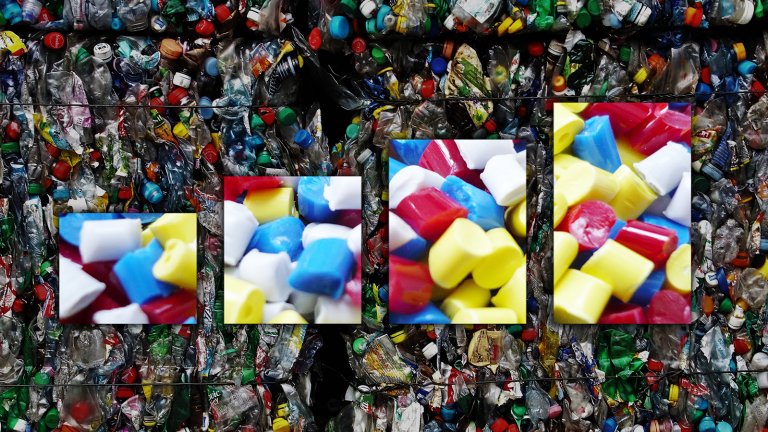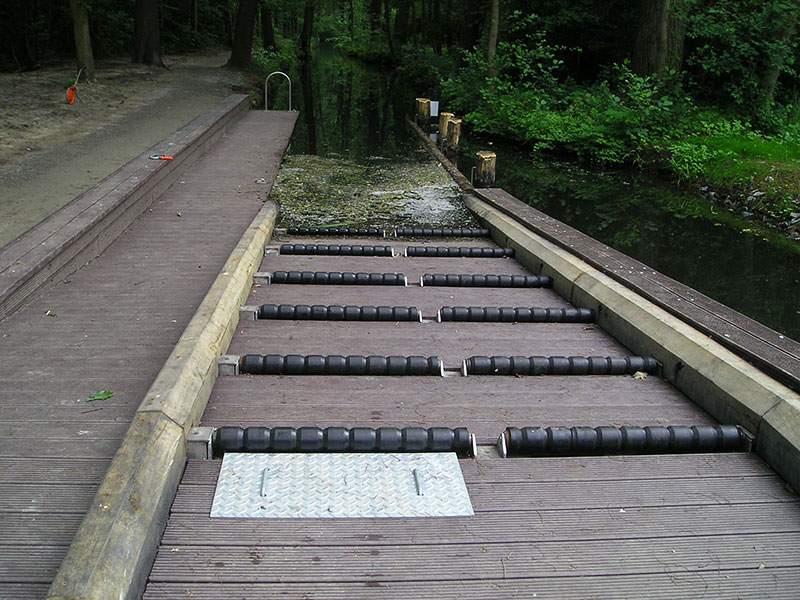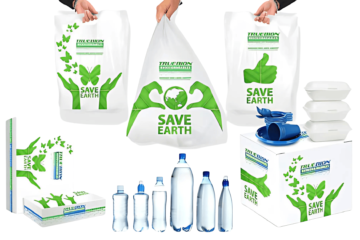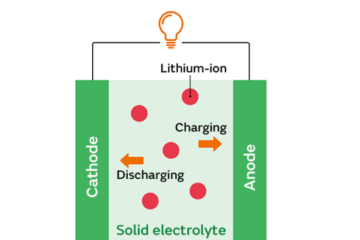Upcycling Plastic Waste: Innovative Strategies for Environmental Sustainability

Plastic pollution has become a pressing global concern, prompting a critical examination of waste management practices. One promising avenue in this pursuit of sustainability is the concept of upcycling. Upcycling, Unlike traditional recycling, transforms discarded plastic materials into products of higher value and utility. This article explores the various facets of upcycling plastic waste, delving into creative solutions for a cleaner planet.
Why We Need Plastic Waste Upcycling?
Plastic waste, with its non-biodegradable nature, poses a significant threat to ecosystems, wildlife, and human health. Landfills overflow with plastic debris, and oceans bear the burden of vast plastic gyres. Upcycling emerges as a proactive and innovative response to mitigate the environmental impact as we grapple with the consequences of our reliance on plastic.
Types of Plastic Waste Upcycling Techniques
Mechanical Upcycling
This technique is suitable for processing the same types of plastics that are compatible with each other. Utilizing advanced sensors and cameras, optical sorting systems automate the identification and separation of different plastic types. This minimizes contamination and ensures a more refined feedstock for the upcycling process.
Ongoing research focuses on improving the efficiency of washing and shredding processes in mechanical recycling. Innovations in equipment design and methodologies aim to enhance the cleanliness and purity of the plastic waste stream.
Extrusion is a key step in mechanical recycling, forming melted plastic into pellets to further process into various shapes. Innovations in extrusion technologies enhance the quality of recycled materials, making them suitable for a broader range of applications, from textiles to packaging.
Chemical Plastic Waste Upcycling
This process starts with initial sorting and cleaning. This process is suitable for mixed plastic waste. Chemical recycling involves breaking down complex polymer chains into their original monomers. Catalytic depolymerization, facilitated by advanced catalysts, enables a more controlled and efficient conversion process, producing high-quality monomers.
Pyrolysis, a thermal decomposition process, transforms plastic waste into valuable fuels or raw materials. Ongoing advancements focus on optimizing pyrolysis conditions to enhance energy efficiency, minimize environmental impact, and maximize the quality of the end products.
Challenges in Plastic Waste Upcycling
Contamination
One of the primary challenges in upcycling is the contamination of plastic waste. Advanced sorting technologies and strict waste management regulations are essential to ensure the quality of upcycled products.
Feedstock Availability and Quality
The success of upcycling initiatives hinges on a consistent and high-quality supply of plastic feedstock. Establishing efficient collection systems and incentivizing plastic recycling is crucial to addressing this challenge.
Technological Advancements
The upcycling process involves advanced technologies such as chemical recycling and pyrolysis. Ongoing research and development are essential to improve the efficiency and scalability of these technologies, making upcycling more accessible and economically viable.
Creative Solutions in Upcycling
Sustainable Construction
One notable initiative involves the creation of molded Bricks. These Bricks are then used as building materials for footpaths, barriers and other blocks for sustainable construction projects, offering a solution by managing plastic waste efficiently.

Fashioning Change
The fashion industry is transforming, with designers incorporating upcycled plastics into their collections. From runway fashion to streetwear, creative minds are turning plastic waste into stylish and sustainable apparel, demonstrating that environmental responsibility and fashion can coexist.

Functional Art and Home Decor
Upcycled plastic materials find new life as functional art pieces and home decor items. From sculptures to furniture, artists and designers are showcasing the aesthetic possibilities of plastic waste, encouraging a shift towards conscious consumerism.

Recycled Plastic Infrastructure
Forward-thinking urban planners and architects are exploring using upcycled plastic in infrastructure projects. From roads to bridges, incorporating recycled plastic into construction materials reduces environmental impact and enhances structures’ longevity and durability.
Plastic Upcycling Environmental and Economic Benefits
Waste Diversion
Upcycling redirects plastic waste away from landfills and incinerates, mitigating the negative environmental effects of these disposal methods. Upcycling reduces the volume of plastic waste that pollutes ecosystems by giving discarded plastics a new purpose.
Conservation of Resources
Traditional plastic manufacturing relies heavily on virgin resources such as petroleum. By upcycling plastic, the demand for new raw materials decreases, conserving natural resources and diminishing the environmental impact of extraction and production processes.
Preservation of Ecosystems
Plastic pollution poses a severe threat to wildlife and ecosystems. Upcycling helps reduce the physical presence of plastic debris in natural habitats, safeguard biodiversity, and preserve the delicate balance of ecosystems.
Mitigating Microplastic Pollution
Over time, larger plastic items break down into microplastics, posing an invisible but pervasive environmental threat. Upcycling mitigates the creation of microplastics by transforming plastic waste into new, durable products, preventing further contamination.
Closed-loop System
Upcycling is a key component of the circular economy, which seeks to minimize waste by promoting the continual use and reuse of resources. In a circular economy, materials, including plastics, are recycled and upcycled, creating a closed-loop system that reduces the reliance on finite resources.
Job Creation and Economic Growth
The upcycling industry fosters economic sustainability by generating employment opportunities and promoting economic growth. As upcycling initiatives gain traction, new businesses emerge, creating jobs in waste collection, sorting, and processing areas.
Corporate Social Responsibility (CSR)
Businesses adopting upcycling practices demonstrate a commitment to CSR by actively participating in sustainable practices. This enhances their environmental credentials and resonates positively with consumers who increasingly prioritize eco-friendly products and practices.
The Future of Upcycling
Upcycling stands out as a beacon of hope as we navigate the complexities of plastic waste management. Creative solutions, technological advancements and a commitment to sustainable practices can pave the way for a cleaner and greener planet. Upcycling addresses the immediate challenge of waste management and contributes to a more circular and environmentally conscious economy by reimagining the lifecycle of plastic materials.
Conclusion
Upcycling offers a tangible and creative path towards a cleaner planet in the face of the plastic pollution crisis. From innovative construction materials to eco-friendly fashion, the possibilities of upcycling are vast. However, addressing challenges such as contamination, feedstock quality, and technological limitations requires concerted efforts from individuals, industries, and policymakers. By embracing upcycling as a central tenet of our approach to plastic waste, we can collectively work towards a sustainable future where creativity and environmental stewardship go hand in hand.



0 Comments